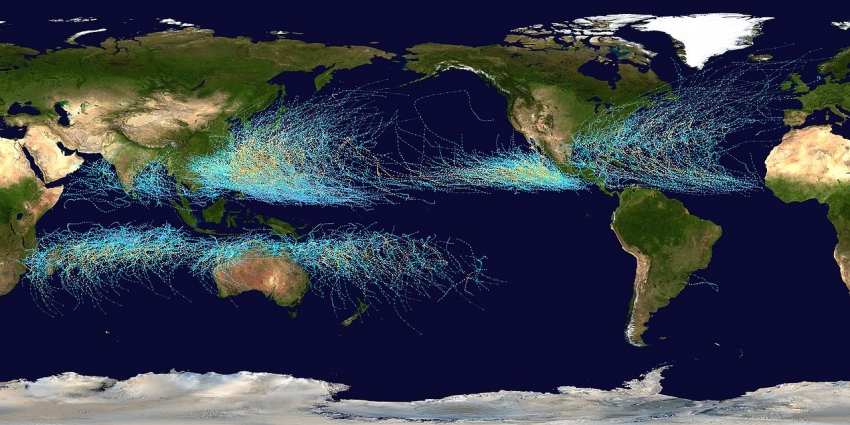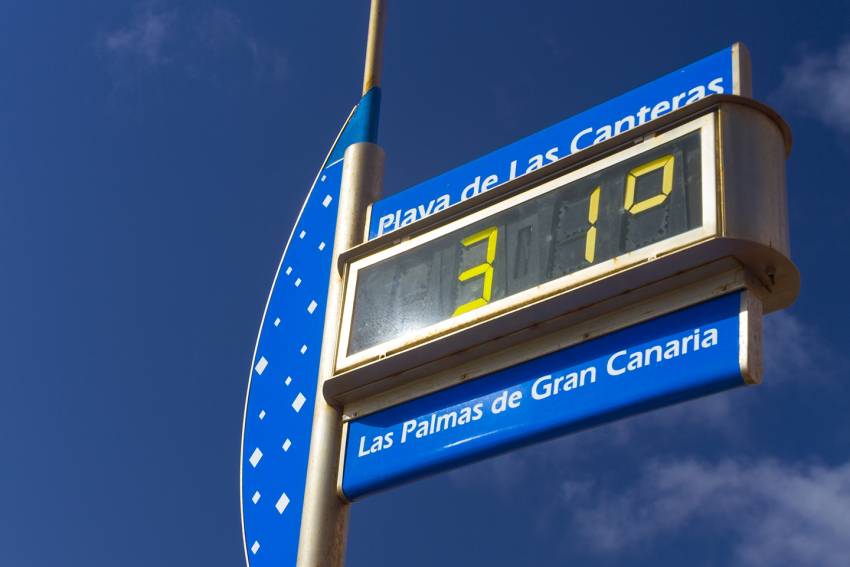
Everything You Need To Know About Gran Canaria's Weather
The weather in Gran Canaria is sunnier than where you live. That's all you need to know.
We're only kidding. Did you know that it snows in Gran Canaria? Ok, it doesn’t happen very often and only right at the very top of the island but we do get a dusting of white stuff ever few years. You wouldn’t know about it on the beaches as the sun shines right through the year in Gran Canaria’s resorts. For winter sun and calm conditions, the south of the island is your best bet in Europe.
In fact, Gran Canaria is one of the sunniest places on earth with over 3000 hours of sunshine per year. That’s eight hours per day on average. In the resorts it’s often sunny for weeks on end.
It’s not just the resorts that get the sunshine. The capital Las Palmas is officially the city with the “most pleasant” weather in the world. A study by Syracuse University found that it’s combination of warm temperatures and year-round sun was a world-beater.
Canarians go on holiday just to experience bad weather! They buy big coats and fly north to look at frost and snow and splash around in puddles. They the come back home and go to the beach to recover.
The temperatures at sea level in Gran Canaria vary from an absolute low of 14ºC at night up to well over 40ºC during the hottest days of summer. Most of the time the temperature is in the 20s: Pretty much perfect. The sea temperature goes from 19ºC during the winter up to 23ºC in late summer.
Want to know more about Gran Canaria’s weather right now. See our detailed Gran Canaria weather forecast.
If you're in Gran Canaria and it isn't sunny (it happens), then see this post about what to do.
Children categories

Gran Canaria Weather Forecast
We publish a new Gran Canaria weather forecast twice a week. Our forecast is based on information from the Spanish and Canary Islands weather services plus satellite and radar data. We try and be as accurate as possible but also admit to any mistakes (it's a small island and sometimes, weather just misses it) and try to explain them. Check here if you are coming on holiday to Gran Canaria and want to know what weather to expect.
For detailed information about the weather and climate in Gran Canaria, including a monthly guide to what temperatures and weather to expect, see our Gran Canaria weather guide.
To see the Gran Canaria weather live at any time of day, see our webcam page.
Here's a useful guide to what to do on those rare rainy days in Gran Canaria. And a few hints about the weather in Gran Canaria's main resorts
View items...Gran Canaria Info recommends:
- Default
- Title
- Date
- Random



































